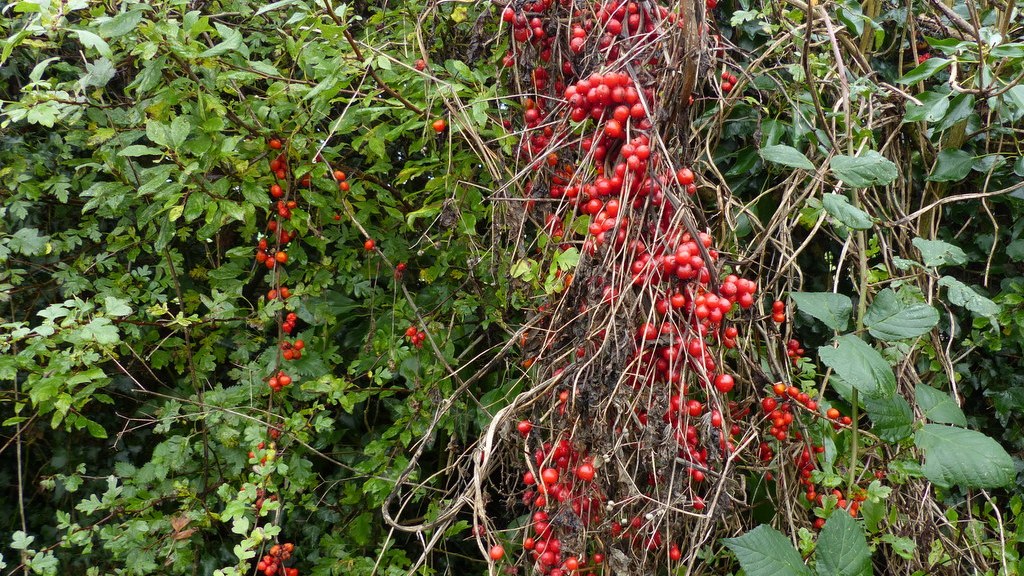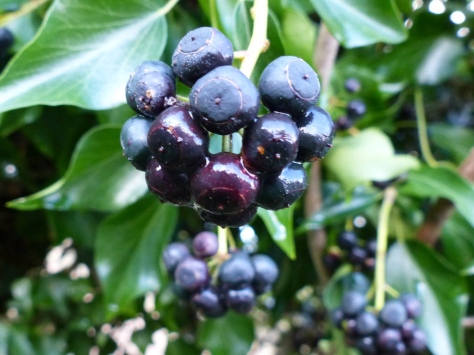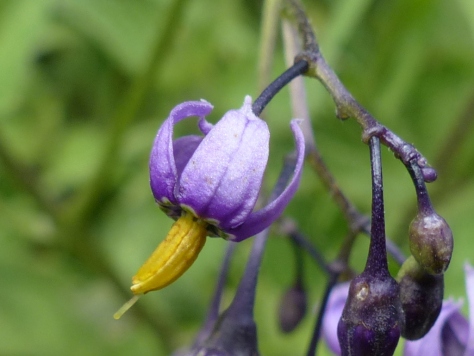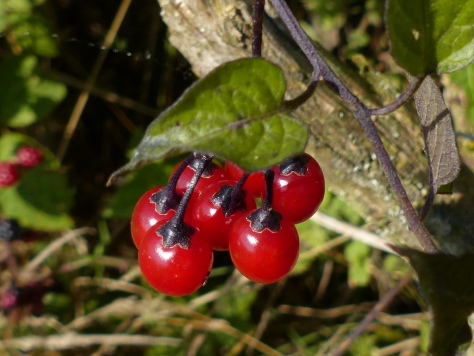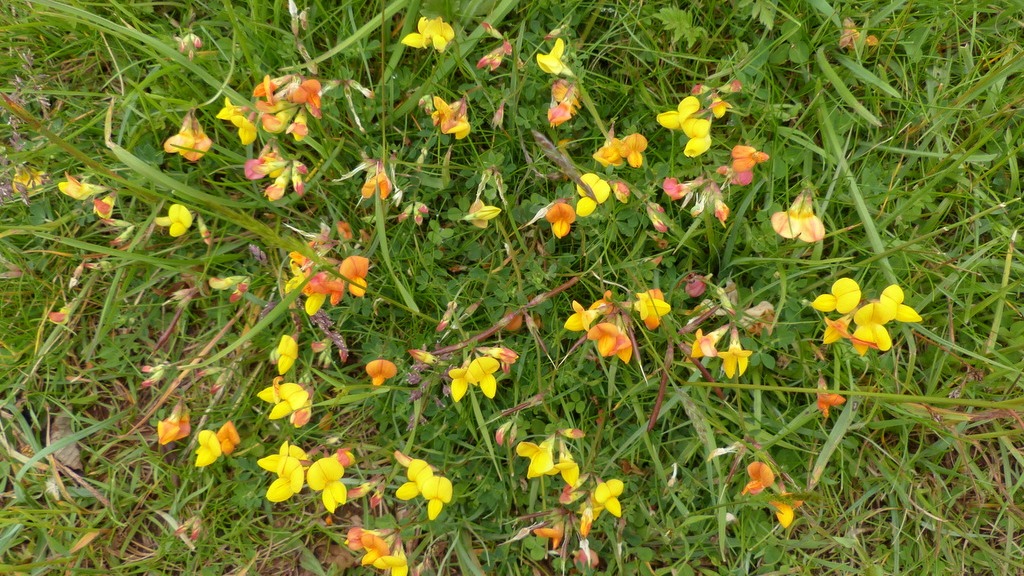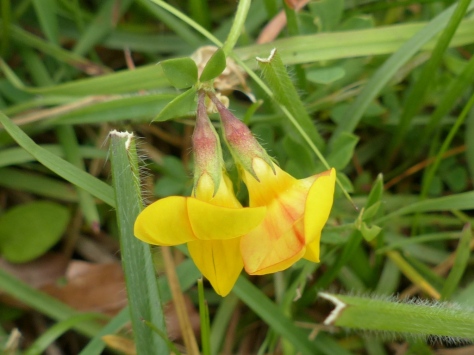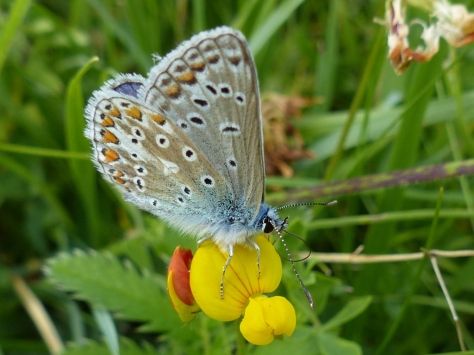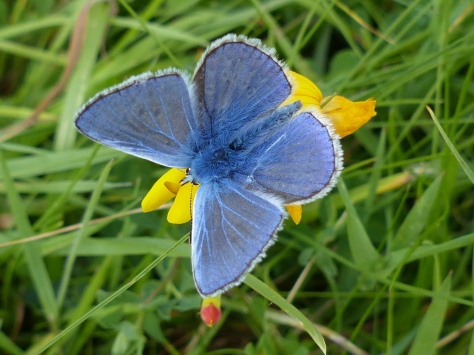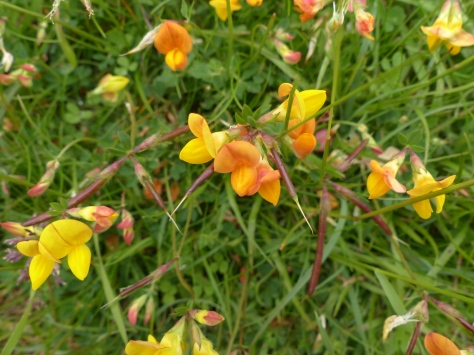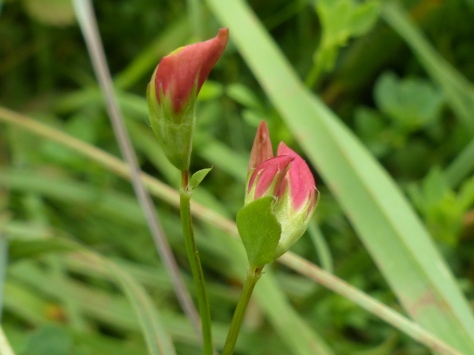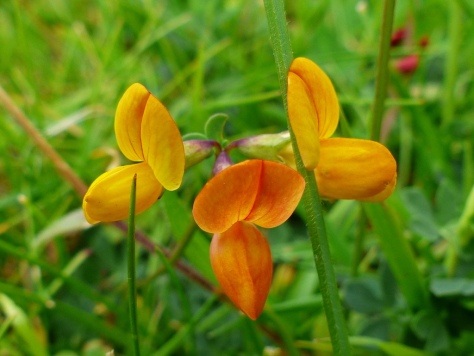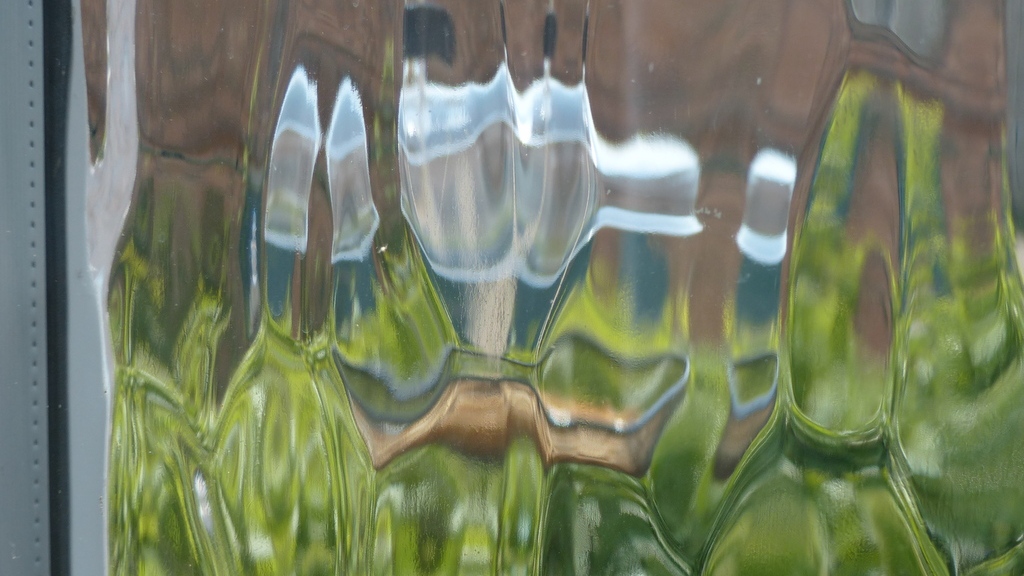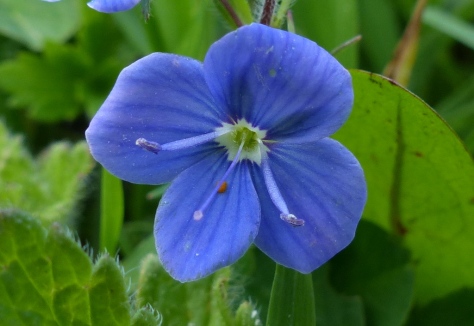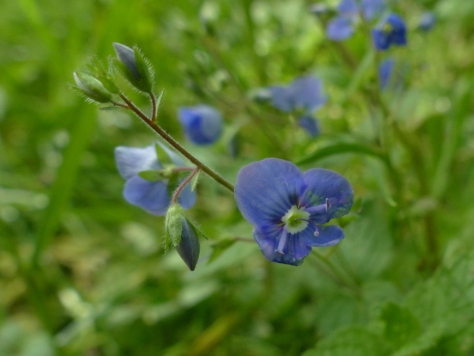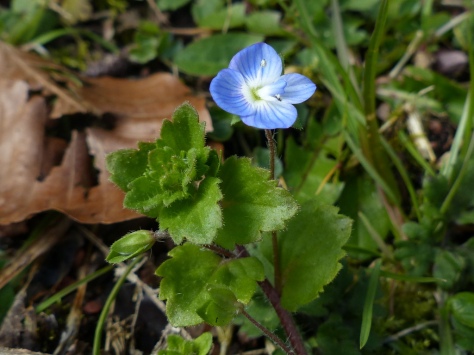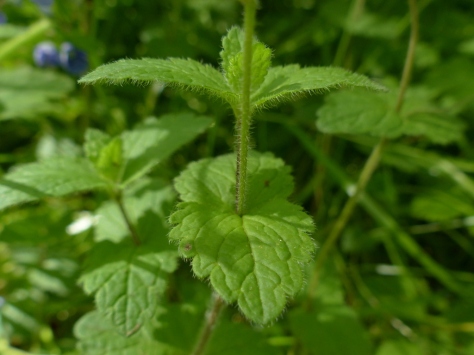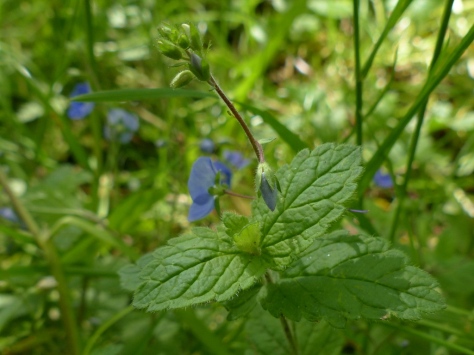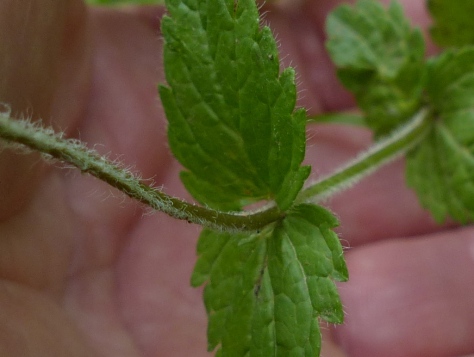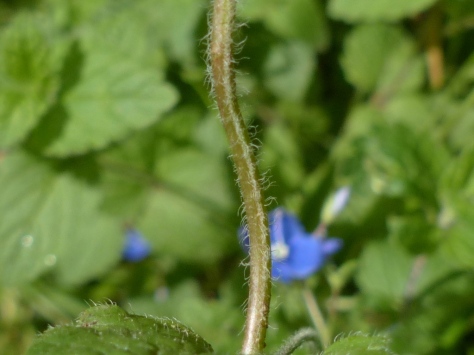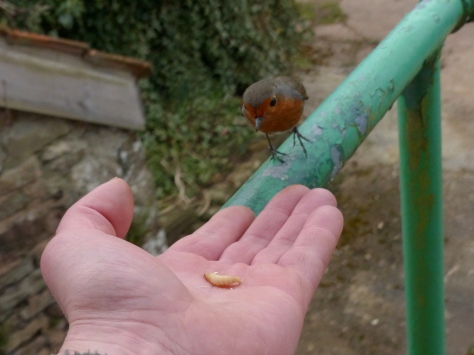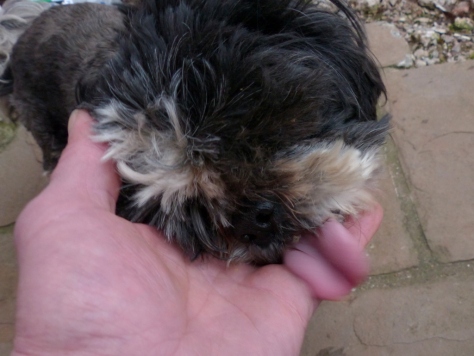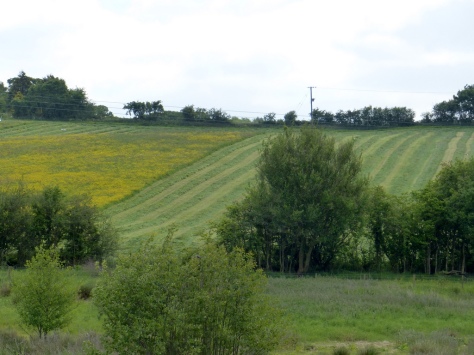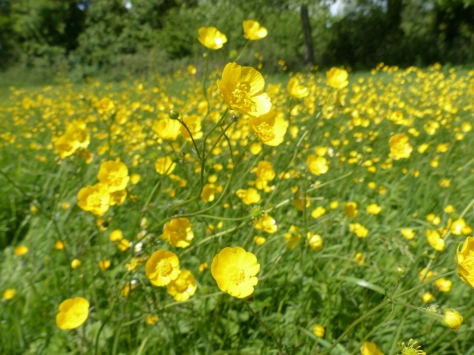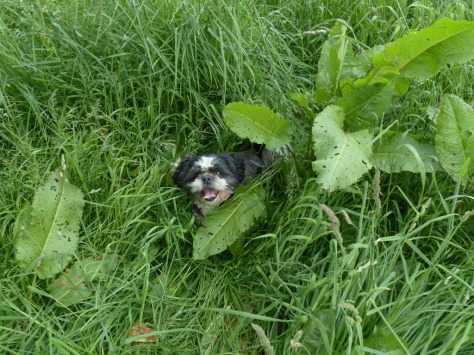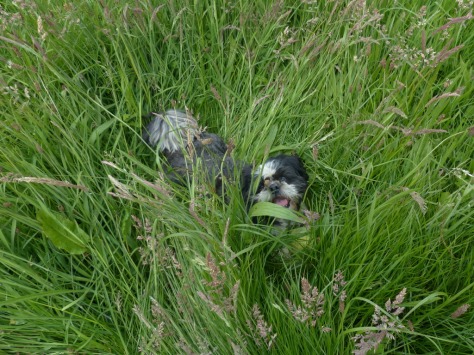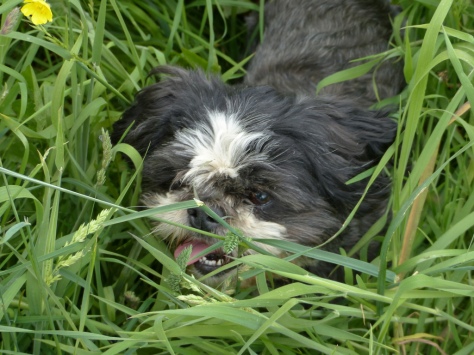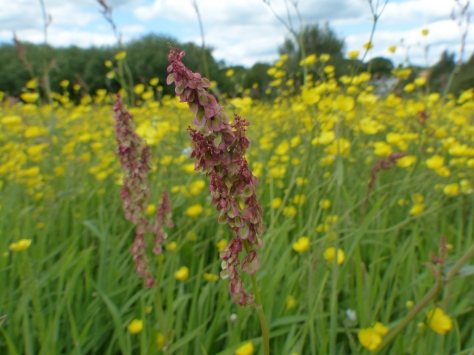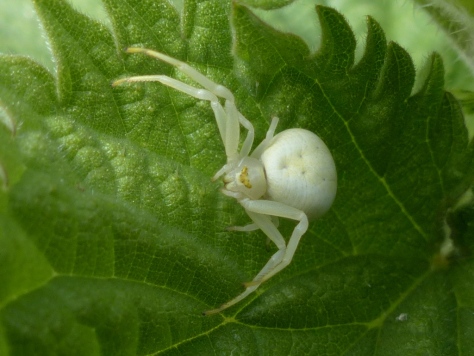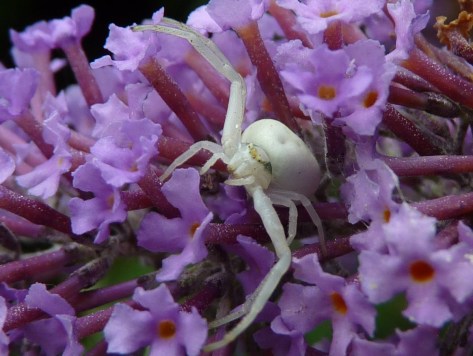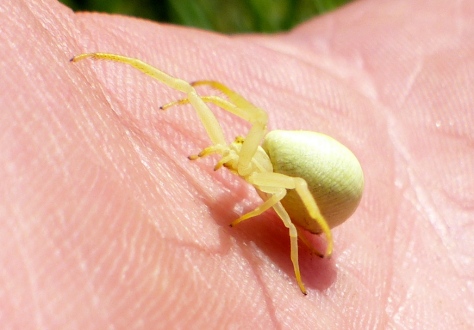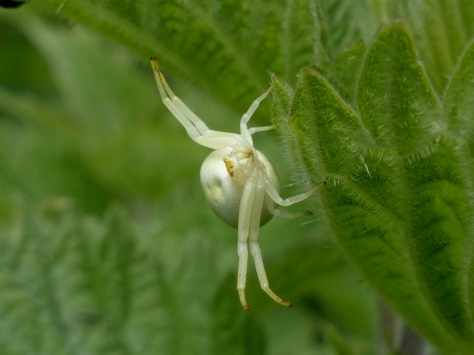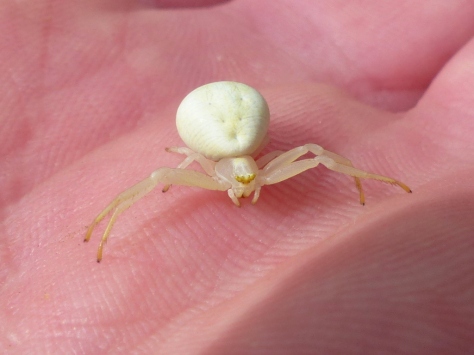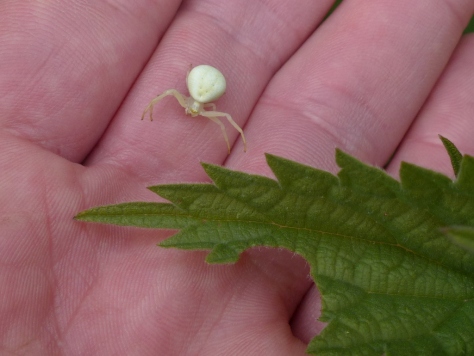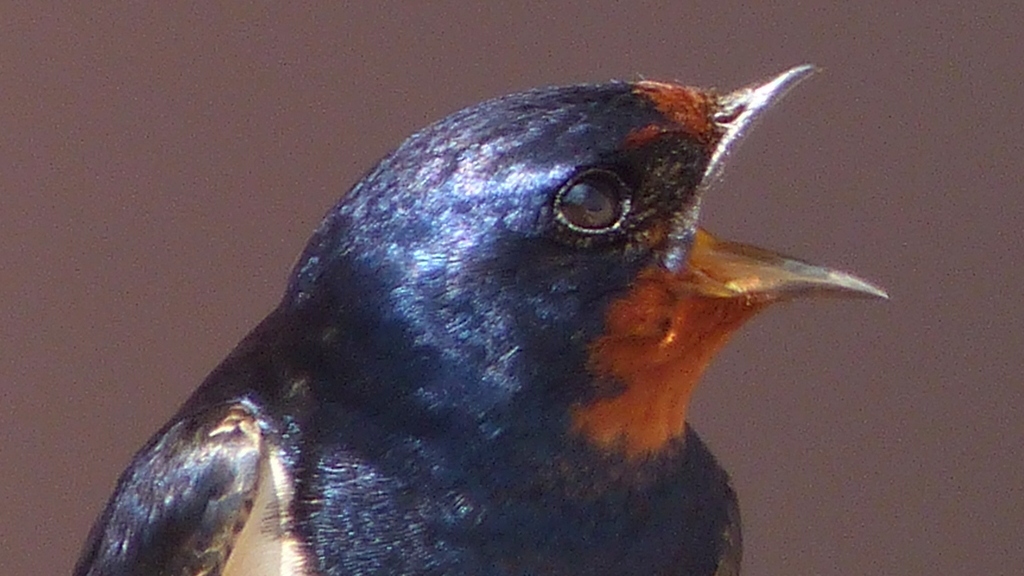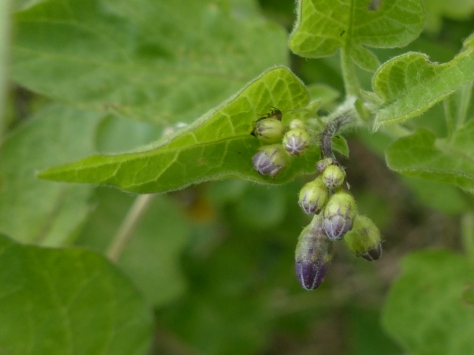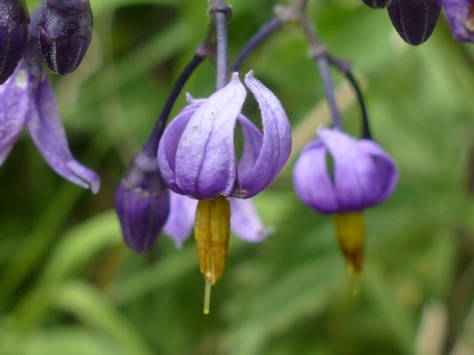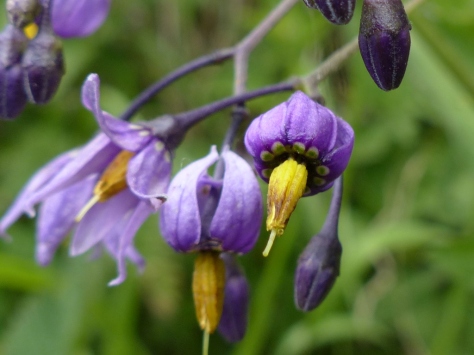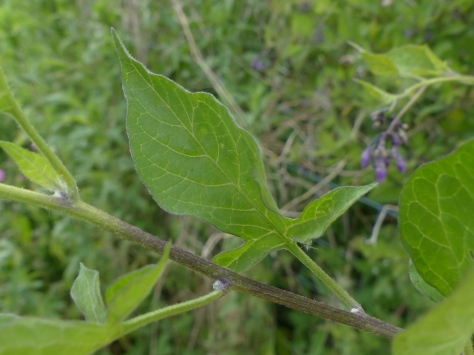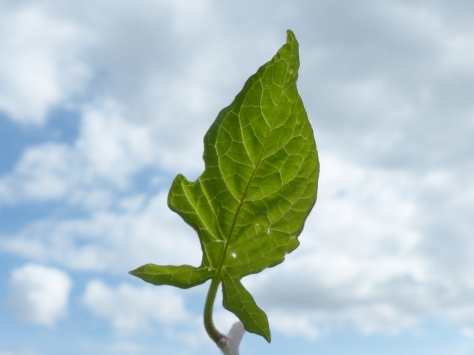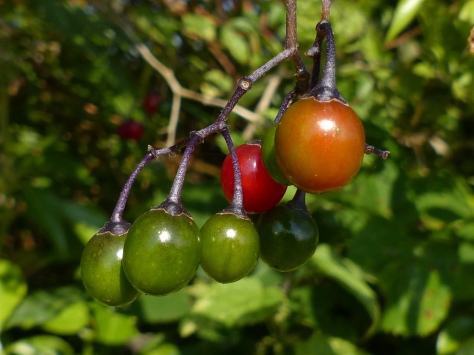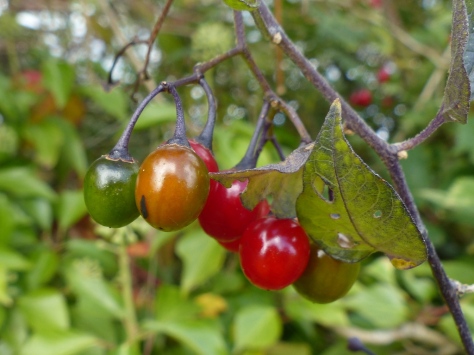(Not you, him, her or whatever)
This is a post about something that has been frustrating me and causing me immense grief over the last couple of months. I have wanted to write about it but it isn’t really related to nature, at least it wasn’t but now I have dug up a relative.
 This is the male flower of the Black Bryony. There is a female flower but I haven’t found it yet, that has also been a small frustration in my life but that is nature and it is something that I love. I don’t love my computer.
This is the male flower of the Black Bryony. There is a female flower but I haven’t found it yet, that has also been a small frustration in my life but that is nature and it is something that I love. I don’t love my computer.
 In fact I am planning to murder my computer.
In fact I am planning to murder my computer.
 If anyone has done murder and gotten away with it then please leave a comment, it would help me immensely and I wouldn’t tell anyone but anyway I think that I have come up with the perfect crime.
If anyone has done murder and gotten away with it then please leave a comment, it would help me immensely and I wouldn’t tell anyone but anyway I think that I have come up with the perfect crime.
 That is a picture of Black Bryony berries and it took three attempts to upload it because my PC is constantly disconnected from the Wi-Fi, Oh! and also those are deadly poisonous berries.
That is a picture of Black Bryony berries and it took three attempts to upload it because my PC is constantly disconnected from the Wi-Fi, Oh! and also those are deadly poisonous berries.
My computer has a little, slidey, in and out thing for DVD’s and it will eat whatever I give it 🙂
This is Spindle…
 Um…. The berries are poisonous.
Um…. The berries are poisonous.
Lovely flower. Guess what the berries are?
No come on, try and guess my interest. (Absolutely deadly) Holly, obviously.
Holly, obviously.
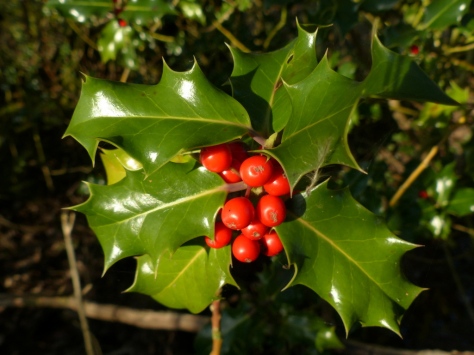 I am a good cook, my Poison Pie is to die for.
I am a good cook, my Poison Pie is to die for.
Ivy is good.
Now I have heard about Bill Gates, he is one year older than me and worth roughly 73 billion more than me and I have heard that he is a good man but I am Lord Tusk, beloved of the faeries and I will execute his machine if Windows 10 doesn’t work.
I don’t have any berries at the moment, it is too early in the year. I have subscribed to a Windows 10 download at the end of July, by then the berries will be out.
After I have done murder I will buy a tablet that doesn’t use Windows. That is the plan.
Woody Nightshade is good 🙂
